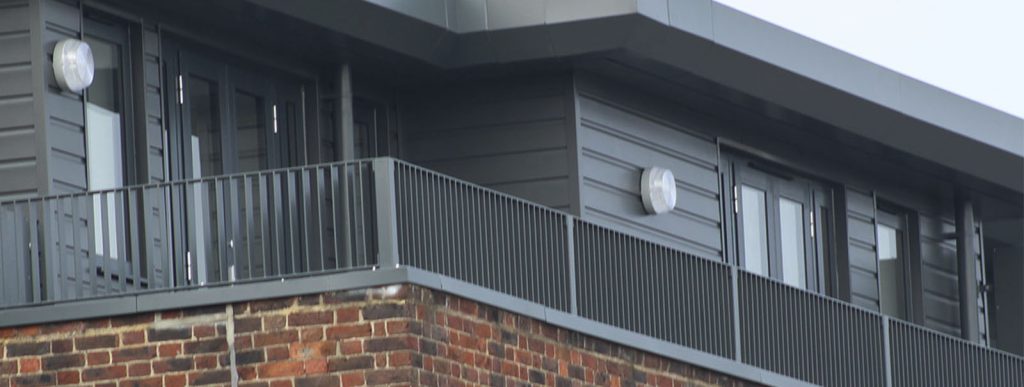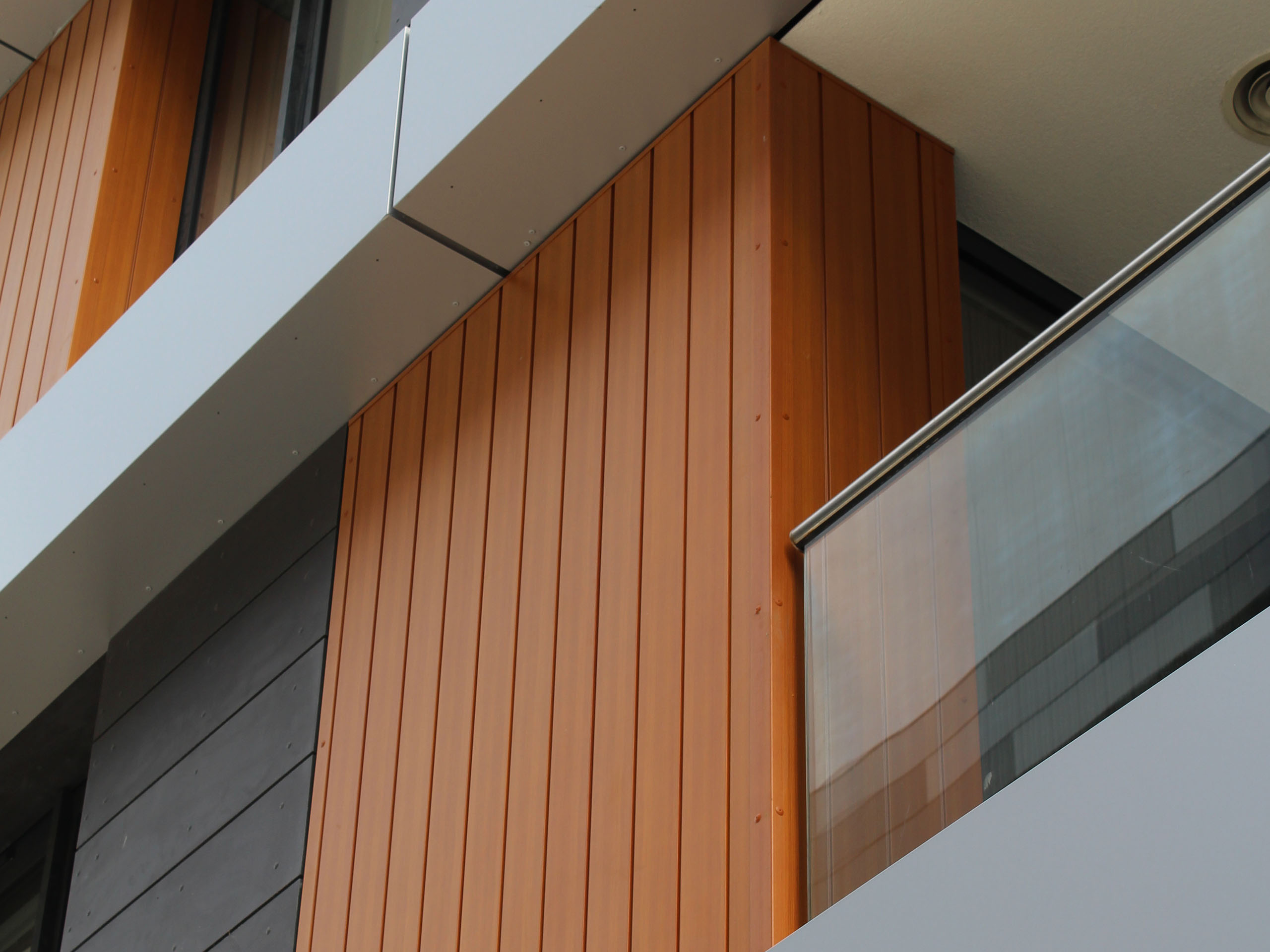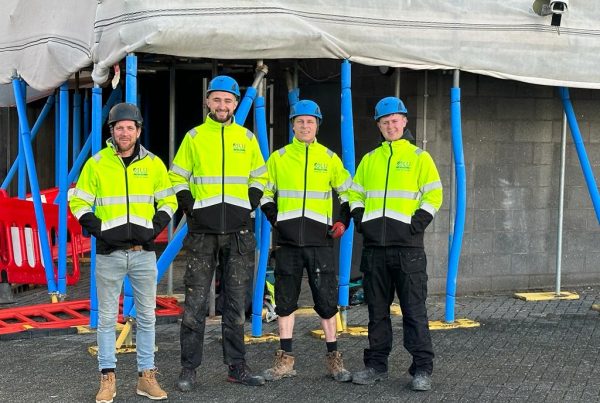Enhance safety and aesthetics with non-combustible cladding. Learn why your building needs it for improved protection and appearance, and explore the benefits, types, and installation process.
Introduction
In today’s world, ensuring buildings’ safety and aesthetic appeal is paramount. One way to achieve this is through the use of non-combustible cladding. At Alu Installations, we are dedicated to providing high-quality cladding solutions that enhance the look of your building and significantly boost its safety. This blog will explore why non-combustible cladding is a crucial addition to your building.
What is Non-Combustible Cladding?
Non-combustible cladding refers to external building layers that are designed to resist fire. Unlike traditional materials, which may contribute to the spread of flames, non-combustible cladding is specifically engineered to withstand high temperatures without igniting. This feature makes it an ideal choice for improving building safety.
The Importance of Building Safety
Building safety is a critical concern for both residential and commercial properties. The risk of fire is ever-present, and the consequences can be devastating. Non-combustible cladding is the first defence against fire, providing invaluable protection for occupants and assets. By investing in such cladding, you are taking a proactive step towards minimising fire hazards and ensuring a safer environment.
Benefits of Non-Combustible Cladding
Enhancing Safety
The primary advantage of non-combustible cladding is its ability to reduce fire risk significantly. It prevents the spread of flames, allowing more time for evacuation and minimising damage. This feature is particularly crucial for high-rise buildings and densely populated areas.
Improving Aesthetics
Non-combustible cladding is not just about safety; it also offers aesthetic benefits. Available in various colours, textures, and finishes, it can dramatically improve the exterior appearance of any building. Whether you prefer a sleek, modern look or a more traditional style, non-combustible cladding provides versatile design options to suit your preferences.
Durability and Longevity
Non-combustible cladding materials are built to last. They are resistant to weathering, corrosion, and other forms of deterioration, ensuring that your building maintains its appearance and integrity over time. This durability translates into long-term savings, as the need for frequent repairs and replacements is minimised.
Low Maintenance
One key benefit of non-combustible cladding is its low maintenance requirements. Unlike other materials that may need regular upkeep, non-combustible cladding is designed to withstand the elements with minimal care. This feature makes it an excellent choice for busy property owners seeking a hassle-free solution.
Regulations and Compliance
Compliance with fire safety regulations is non-negotiable for any building project. Non-combustible cladding ensures that your building meets the stringent safety standards set by authorities. By choosing our cladding solutions, you can be confident that your property fully complies with the latest fire safety regulations.
How Non-Combustible Cladding Works
Non-combustible cladding works by forming a barrier that resists ignition and prevents the spread of flames. The materials used are tested for fire-resistant properties, ensuring they perform effectively under extreme conditions. This protective layer is essential in safeguarding the structural integrity of the building and the safety of its occupants.
Types of Non-Combustible Cladding Materials

Aluminium Cladding
Aluminium cladding is popular due to its lightweight nature and excellent fire resistance. It offers a sleek, modern finish in various colours and styles to suit architectural designs.
Fibre Cement Cladding
Fibre cement cladding combines the strength of cement with the flexibility of fibrous materials. This type of cladding is highly durable and fire-resistant, making it an ideal choice for various building applications.
Terracotta Cladding
Terracotta cladding provides a unique, natural look while offering superior fire resistance. Its earthy tones and textures add a touch of elegance to any building, enhancing safety and aesthetics.
Installation Process of Non-Combustible Cladding
Preparation
Proper preparation is crucial for the successful installation of non-combustible cladding. This step involves assessing the building structure, ensuring it can support the cladding system, and addressing potential installation issues.
Installation Steps
The installation involves securing the building structure’s cladding panels using specialised techniques. To ensure a safe and effective installation, following the manufacturer’s guidelines and industry best practices is essential.
Post-Installation Checks
After installation, thorough checks ensure the cladding is securely in place and performing as expected. These checks include inspecting for gaps or weaknesses that could compromise the cladding’s fire-resistant properties.
Cost Considerations
Initial Costs
While the initial investment in non-combustible cladding may be higher than traditional materials, the benefits far outweigh the costs. The enhanced safety, durability, and aesthetic appeal justify the upfront expenditure.
Long-Term Savings
Non-combustible cladding offers significant long-term savings. Its durability and low maintenance requirements reduce the need for frequent repairs and replacements, resulting in cost savings over the building’s lifespan.
Case Studies
Residential Projects
In residential projects, non-combustible cladding has enhanced safety and aesthetics. Homeowners have reported increased peace of mind, knowing their homes are better protected against fire.
Commercial Buildings
Non-combustible cladding improves safety and enhances the market value of commercial buildings. Businesses can attract tenants and customers by showcasing their commitment to safety and modern design.
Common Myths about Non-Combustible Cladding
1: It’s Too Expensive
While non-combustible cladding may have higher upfront costs, it is a cost-effective solution in the long run due to its durability and low maintenance requirements.
2: Limited Design Options
Non-combustible cladding is available in various colours, textures, and finishes, offering ample design flexibility to meet multiple architectural styles.
3: Difficult to Install
With the right expertise and preparation, non-combustible cladding can be installed efficiently. Our team at Alu Installations ensures a seamless installation process.
Conclusion
Non-combustible cladding is an essential investment for any building, offering unparalleled safety and aesthetic benefits. At Alu Installations, we are committed to providing top-quality cladding solutions that meet the highest safety and design standards. Enhance the protection and appearance of your building with our non-combustible cladding options. Contact us today to learn more about how we can help you achieve your building goals.




